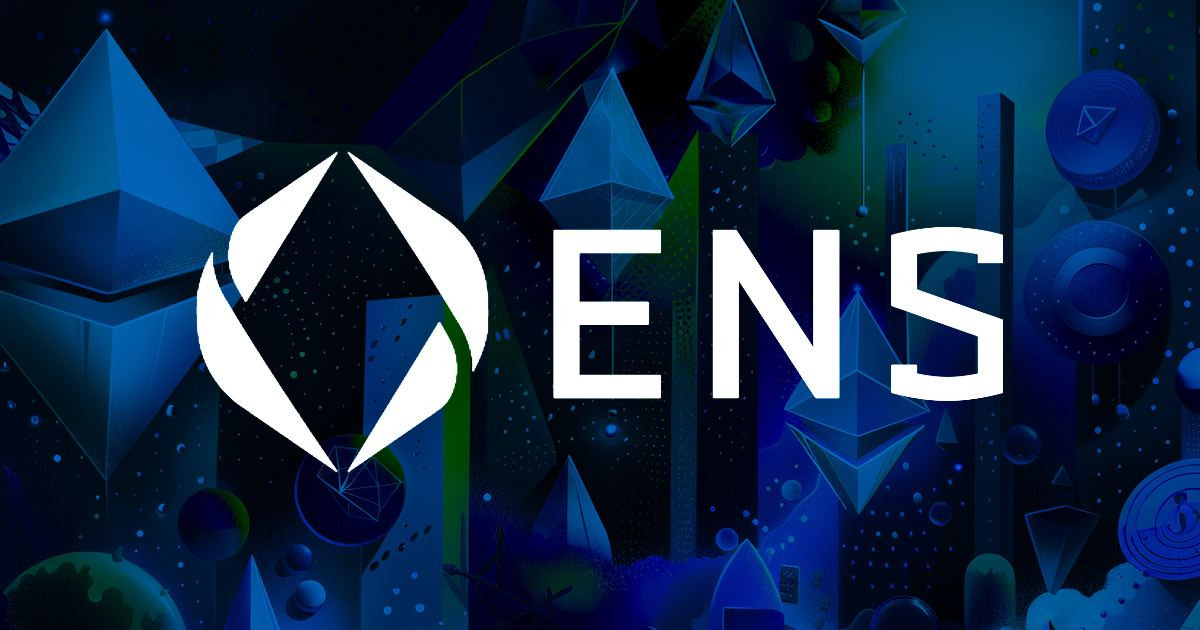Ethereum Name Service (ENS)
What is ENS?
ENS is a decentralized domain name provider built on the Ethereum blockchain that enables users to translate human-readable Ethereum addresses into machine-readable alphanumeric codes. This service simplifies the process of conducting transactions and interacting within the Ethereum network.
Importance of ENS in the Ethereum Ecosystem
ENS plays a crucial role in the Ethereum ecosystem by improving user experience and increasing the accessibility of blockchain technology. It allows users to assign readable names to their Ethereum addresses, making the blockchain more user-friendly.
The Proposed ENSv2 Upgrade
Objectives of ENSv2
The primary objective of the ENSv2 upgrade is to integrate ENS with Layer 2 scaling solutions. This integration aims to address the challenges of high transaction costs and network congestion on the main Ethereum network by leveraging the capabilities of Layer 2 solutions.
Expected Benefits
- Reduced Transaction Costs: By operating on Layer 2 networks, ENS can significantly reduce the gas fees associated with domain name registrations and renewals.
- Increased Transaction Speeds: Layer 2 solutions offer faster transaction processing times, which will enhance the responsiveness of ENS services.
- Enhanced Scalability: This upgrade will enable ENS to handle a larger volume of transactions, accommodating the growing user base and domain name registrations.
Implications for the ENS Community and Ethereum Users
Improved User Experience
The integration of ENS with Layer 2 networks is expected to dramatically improve the user experience by making transactions quicker and more affordable. This improvement could lead to wider adoption of ENS as a preferred method for domain name management on the Ethereum blockchain.
Growth and Expansion Opportunities
With the enhanced capabilities brought by ENSv2, the Ethereum Name Service can expand its offerings and potentially introduce new services that capitalize on the efficiency of Layer 2 networks. This could include more dynamic domain management tools and innovative applications that extend beyond simple name-to-address mappings.
Challenges and Considerations
Technical and Security Challenges
While the transition to Layer 2 networks promises several benefits, it also introduces technical and security challenges. Ensuring the security of transactions and the integrity of domain registrations across multiple layers of the network will be paramount.
Adoption by the Community
The success of ENSv2 will largely depend on its acceptance and adoption within the ENS community and by Ethereum users. Effective communication and demonstration of the benefits of the upgrade will be crucial to achieving widespread adoption.
Conclusion
The proposed ENSv2 upgrade by the Ethereum Name Service is a forward-looking initiative that seeks to tap into the advantages of Layer 2 networks, offering promising improvements in scalability, cost, and transaction speed. As the Ethereum ecosystem continues to evolve, ENSv2 represents a significant step towards more efficient and accessible blockchain interactions.
FAQs
What is the Ethereum Name Service (ENS)? ENS is a decentralized service on the Ethereum blockchain that allows users to convert complex Ethereum addresses into readable names.
What are Layer 2 networks? Layer 2 networks are additional protocol layers built on top of a blockchain to improve its scalability and transaction speeds.
How will ENSv2 benefit users? ENSv2 is expected to reduce transaction fees, increase speeds, and improve scalability for managing Ethereum domain names.
What challenges might arise with ENSv2? The main challenges include ensuring the security and integrity of domain registrations on Layer 2 and achieving widespread community adoption.
How can Ethereum users prepare for ENSv2? Users should stay informed about the developments of ENSv2 and participate in community discussions and testing phases if available.








